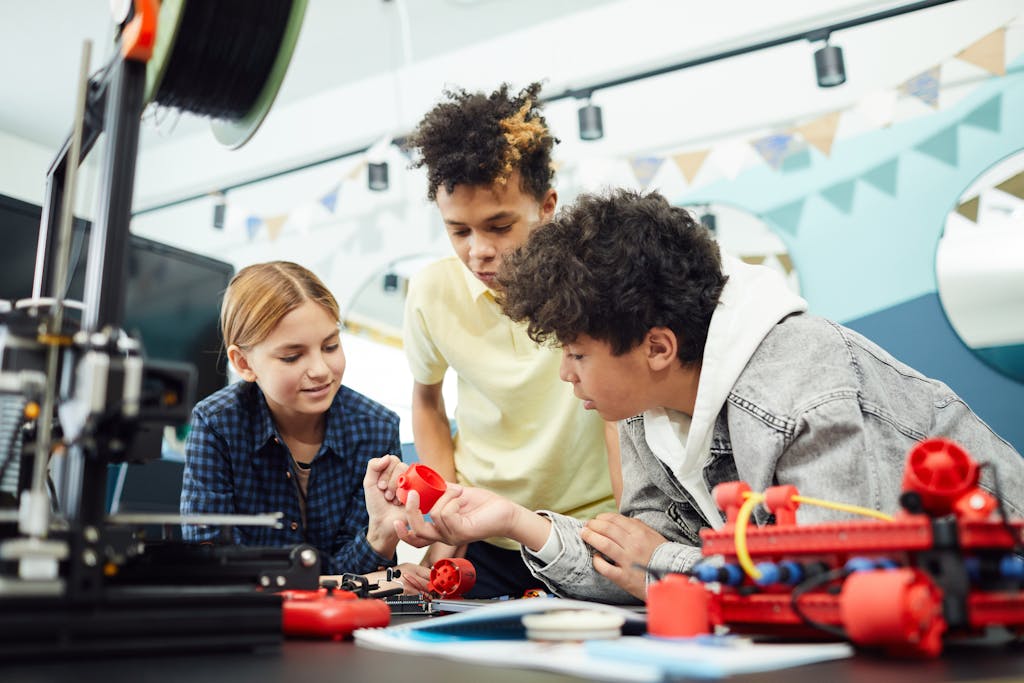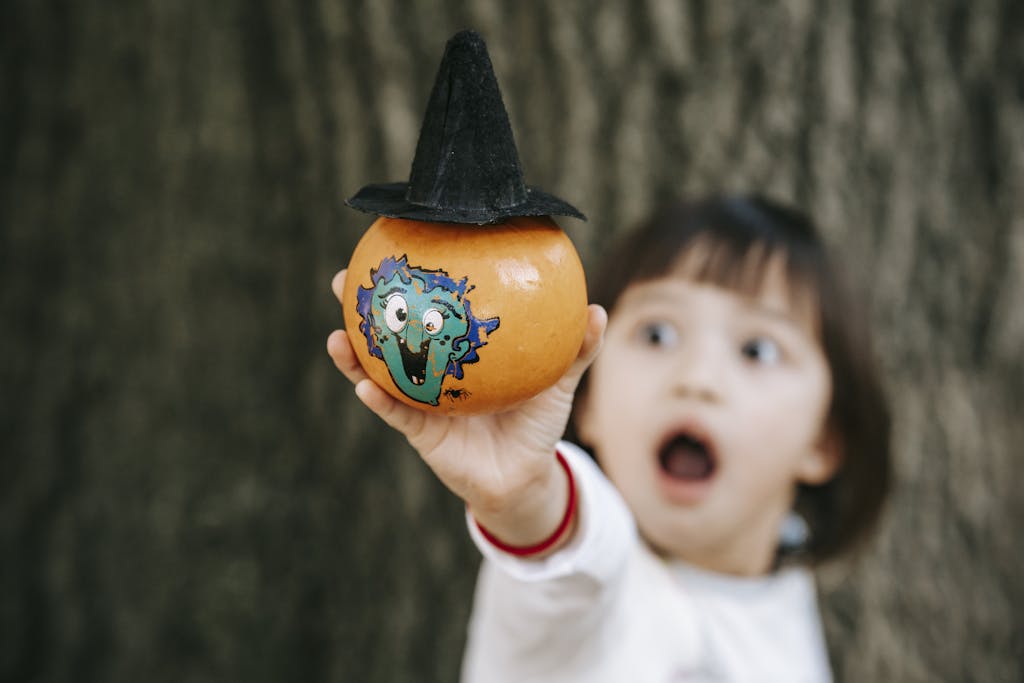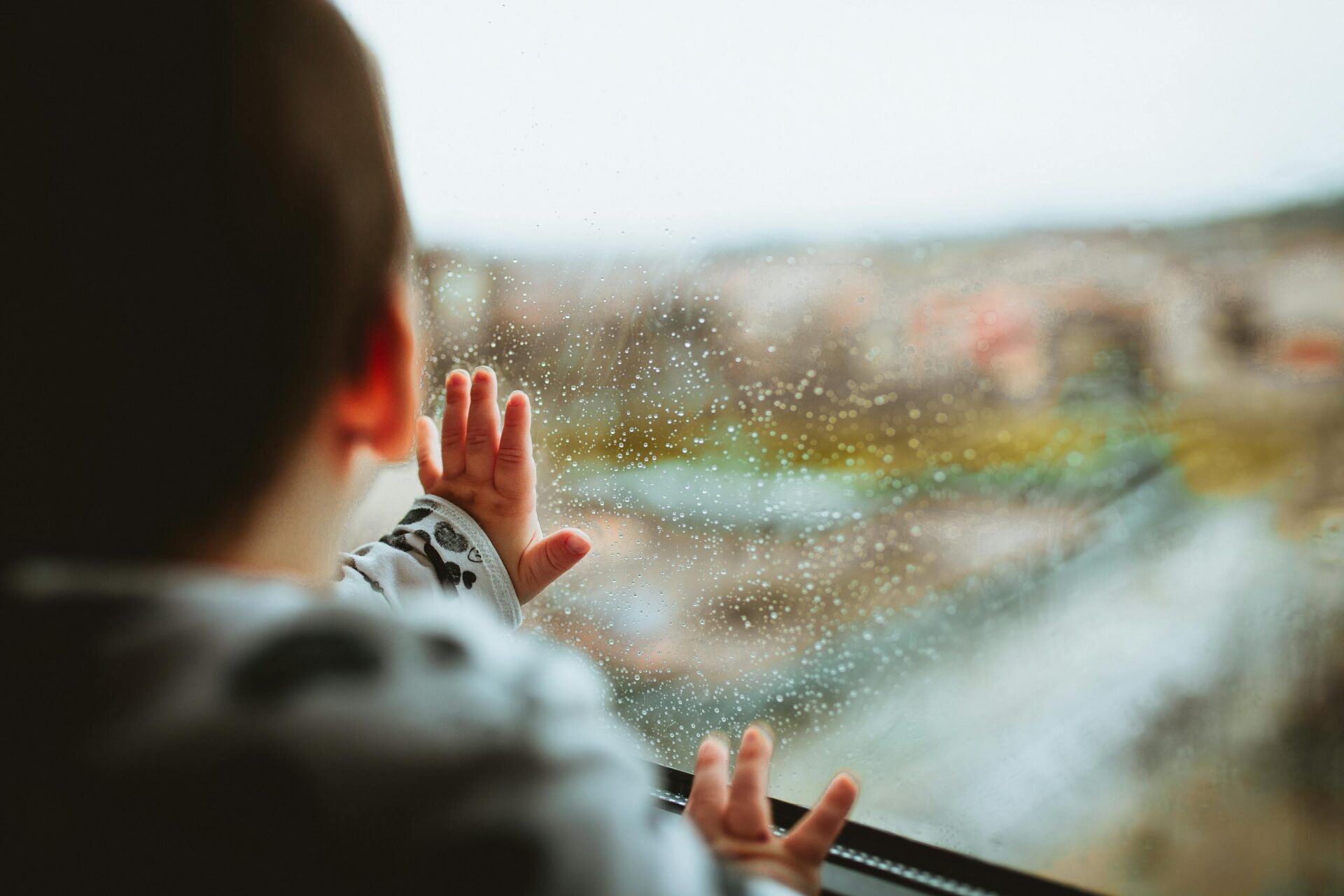Keeping children engaged and entertained while fostering their learning and development can be a rewarding yet challenging task for parents. Books and educational activities provide a perfect blend of entertainment and learning, helping children develop critical thinking skills, creativity, and a love for reading. This article highlights some of the best books and educational activities for kids, along with practical examples and links to related resources.
The Importance of Books and Educational Activities
Books and educational activities are vital for children’s intellectual and emotional growth. They stimulate imagination, enhance vocabulary, and improve comprehension skills. Additionally, educational activities such as puzzles, science experiments, and art projects encourage problem-solving, creativity, and hands-on learning.
Top Books for Kids
1. Picture Books

Benefits
- Visual Appeal: Engaging illustrations capture children’s attention and aid in storytelling.
- Language Development: Simple text helps young readers develop vocabulary and language skills.
Examples
- “The Very Hungry Caterpillar” by Eric Carle: A classic picture book that teaches counting and days of the week. Available on Amazon.
- “Where the Wild Things Are” by Maurice Sendak: A tale of imagination and adventure. Find it on Barnes & Noble.
2. Chapter Books
Benefits
- Reading Comprehension: Longer texts with more complex plots enhance reading comprehension.
- Character Development: Rich characters and detailed stories help children understand different perspectives.
Examples
- “Charlotte’s Web” by E.B. White: A heartwarming story about friendship and loyalty. Available on Amazon.
- “Harry Potter and the Sorcerer’s Stone” by J.K. Rowling: The first book in a magical series that captivates readers. Find it on Barnes & Noble.
3. Non-Fiction Books
Benefits
- Knowledge Building: Provides factual information on various subjects.
- Critical Thinking: Encourages children to ask questions and seek answers.
Examples
- “National Geographic Kids Almanac”: Packed with fascinating facts, photos, and fun activities. Available on National Geographic.
- “The Way Things Work Now” by David Macaulay: An informative book that explains the mechanics behind everyday objects. Find it on Amazon.
Top Educational Activities for Kids
1. Science, Technology, Engineering and Math (STEM) Activities

Benefits
- Hands-On Learning: Engages children in science, technology, engineering, and math through practical experiments.
- Problem-Solving Skills: Encourages critical thinking and innovation.
Examples
- Build a Volcano: A fun science experiment that demonstrates chemical reactions. Instructions available on Science Fun.
- Coding for Kids: Websites like Scratch teach kids the basics of coding through interactive projects.
2. Art and Craft Projects

Benefits
- Creativity: Encourages self-expression and creativity.
- Fine Motor Skills: Improves hand-eye coordination and dexterity.
Examples
- DIY Paper Mache: Create sculptures using paper mache. Instructions available on Artful Parent.
- Paint by Numbers: A guided painting activity that enhances artistic skills. Kits available on Paint by Numbers.
3. Puzzle Games and Brain Teasers
Benefits
- Cognitive Skills: Enhances memory, concentration, and problem-solving skills.
- Patience and Persistence: Teaches patience and persistence through challenging puzzles.
Examples
- Jigsaw Puzzles: Choose age-appropriate puzzles with various themes. Find options on Ravensburger.
- Brain Teasers: Websites like Brilliant offer a range of puzzles and brain games.
Tips for Incorporating Books and Educational Activities
- Create a Reading Routine: Set aside time each day for reading. This could be a bedtime story or a quiet afternoon reading session.
- Mix It Up: Combine different types of books and activities to keep your child engaged and interested.
- Get Involved: Participate in activities with your child to provide guidance and encouragement.
Final Tips for Successful Implementation
- Choose Age-Appropriate Materials: Select books and activities that match your child’s age and skill level.
- Encourage Exploration: Allow your child to explore different genres and activities to discover their interests.
- Provide a Comfortable Environment: Create a cozy reading nook and a dedicated space for activities to make learning enjoyable.
By incorporating a variety of books and educational activities into your child’s routine, you can foster a love for learning and help them develop essential skills. These activities provide a perfect blend of entertainment and education, ensuring that your child stays engaged and curious.
Related Sites for Further Reading
- Amazon Children’s Books
- Barnes & Noble Kids
- National Geographic Kids Books
- Science Fun Experiments
- Scratch Coding for Kids
- Artful Parent Craft Ideas
- Ravensburger Puzzles
- Brilliant Brain Teasers

